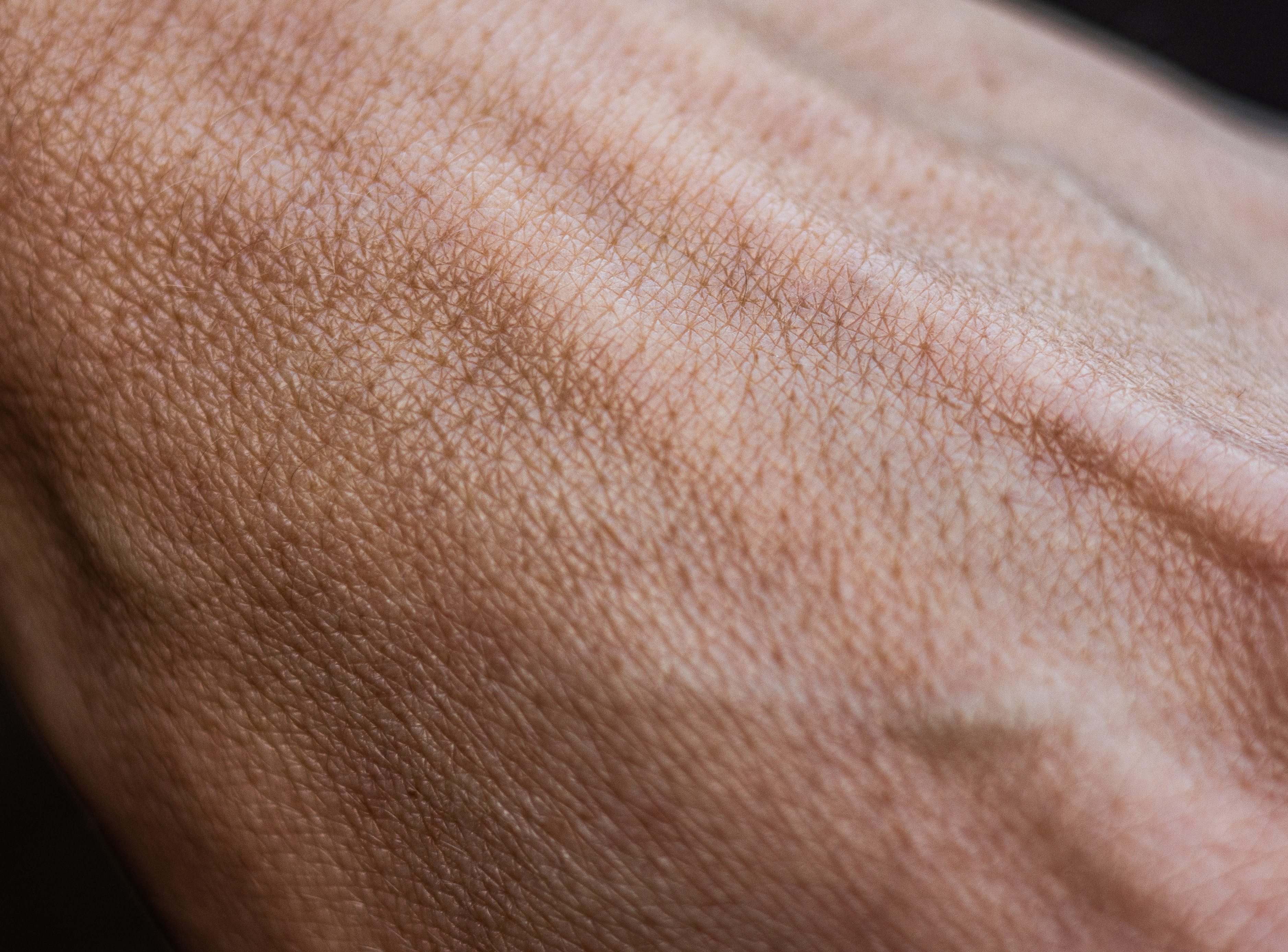Qu'est-ce que le microbiome cutané ? Le microbiome est l’environnement dans lequel vit le microbiote, l’écosystème en quelque sorte.
Quelles différences avec le microbiote ? Le microbiote cutané, c’est l’ensemble des microorganismes qui vivent dans notre peau.
Quelles sont les variations du microbiome cutané ? Le microbiote cutané varie en fonction des zones anatomiques de la peau, en fonction de la température, de l’humidité, et du contenu lipidique. On distingue 3 grands types de microenvironnement cutané : les zones grasses, les zones humides et les zones sèches. Les profils bactériens de ces 3 zones se distinguent. Le microbiote cutané d’une personne est plutôt stable dans le temps, mais il varie beaucoup d’une personne à l’autre (variabilité interindividuelle).
Pourquoi s'intéresser au microbiome cutané ? Les bactéries sont essentielles à la qualité de la peau. Un déséquilibre au niveau de la composition du microbiote peut être à l’origine d’apparition de troubles cutanés. Divers facteurs, notamment l’utilisation de produits cosmétiques, peut influer sur le microbiome cutané. Il est important aujourd’hui de pouvoir évaluer l’efficacité de ces produits sur le respect du microbiome.
Quel test avez-vous développé en collaboration avec Eurosafe ? A qui s'adressent-ils ? Nous avons élaboré avec Eurosafe un protocole expérimental de test sur volontaires, traités ou non traités par le produit à tester. Nous allons déterminer, par séquençage métagénomique 16S, la composition bactérienne des échantillons cutanés prélevés par Eurosafe, dans le cadre de tests d’usage. La comparaison statistique entre zone traitée et zone non traitée permettra de conclure à l’absence de modification majeure du microbiote par le produit testé. Contrairement à des approches ciblées (culture par exemple), l’approche métagénomique permet de déterminer sans apriori la composition bactérienne exhaustive des prélèvements réalisés par Eurosafe.
Comment l'expertise de Vaiomer et de Eurosafe se complètent-elles pour répondre à ce nouveau service ?
Vaiomer, CRO Toulousaine qui a développé une expertise unique dans l’étude métagénomique d’échantillons à faible contenu bactérien, offre sa solide expérience en analyse métagénomique ciblée 16S.
Eurosafe, CRO bretonne, spécialiste des tests de sécurité et d’efficacité des produits cosmétiques propose à travers la réalisation de tests sur volontaires une évaluation cutanée de la peau et réalise sur ses volontaires des prélèvements cutanés transmis à Vaiomer pour la réalisation des analyses métagénomiques.
Les savoir-faire combinés de Eurosafe et Vaiomer permettent aux industriels de la cosmétique d’évaluer l’efficacité de leurs produits sur les claims relatifs au respect du microbiome cutané.



